The world's first 3D-printed rocket made it off the launch pad in Florida but failed three minutes into flight to make orbit.
The Terran 1 booster lifted off Wednesday at 11:25 pm from Cape Canaveral. Several minutes into flight, mission controllers said the rocket experienced an anomaly with its upper stage that prevented it from successfully reaching orbit.
There was nothing aboard the test flight by the California-based aerospace startup Relativity Space except for the company's first metal 3D print made six years ago. It wanted to put the souvenir into a 125-mile-high (200-kilometer-high) orbit for several days and then send it through the atmosphere, where it would burn up along with the upper stage of the rocket.
Other space companies rely on 3D-printing, but the pieces make up only a small part of their rockets. Relativity Space said 3D-printed metal parts made up 85 percent of the 110-foot (33-meter) rocket, including its nine engines.
Larger versions of the rocket will have even more and be reusable for multiple flights Relativity said it is aiming for future versions to be 95 percent 3D-printed and fully reusable.
The test mission nicknamed "Good Luck, Have Fun" was designed to allow engineers to study how the booster performs at the launch pad and throughout its journey into space. The Terran 1 rocket is designed to haul up to 2,756 pounds into low-Earth orbit.
The Terran 1 rocket's maiden launch had been delayed several times because of technical issues with the booster.
Most of the rocket, including its engines, was made on the company's 3D printers in Long Beach, California. It was founded in 2015 by a pair of young aerospace engineers.
Relativity officials have said 3D printing could make it cheaper to build rockets and manufacture space capsules and other components for missions to the moon and beyond.
"No one's ever attempted to launch a 3D-printed rocket into orbit, and while we didn't make it all the way today, we gathered enough data to show that flying 3D-printed rockets is possible," Arwa Tizani Kelly, a test and launch technical program manager for Relativity Space, said.
Relativity Space was founded in 2015 and is headquartered in Long Beach. Company officials have said their 3D-printed boosters will offer a relatively low-cost option to launch small commercial satellites into space.














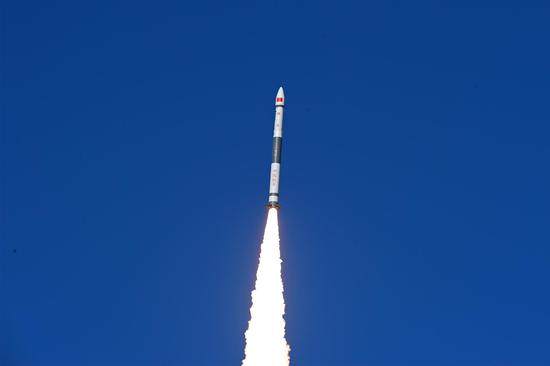








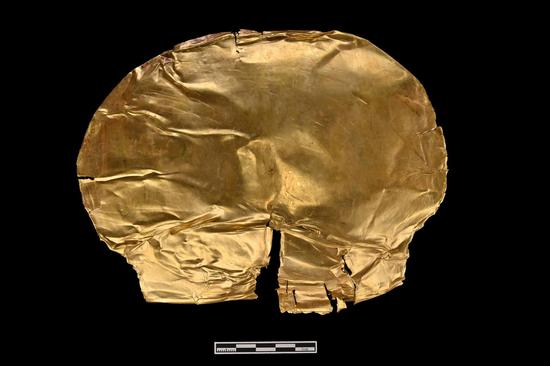







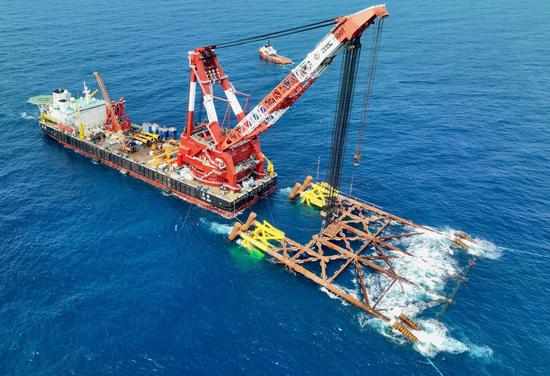





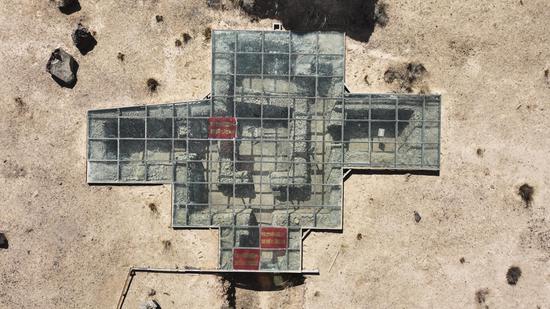
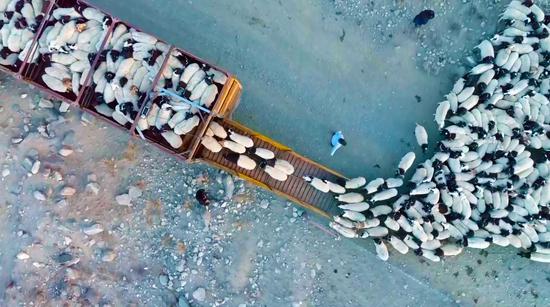











 京公网安备 11010202009201号
京公网安备 11010202009201号